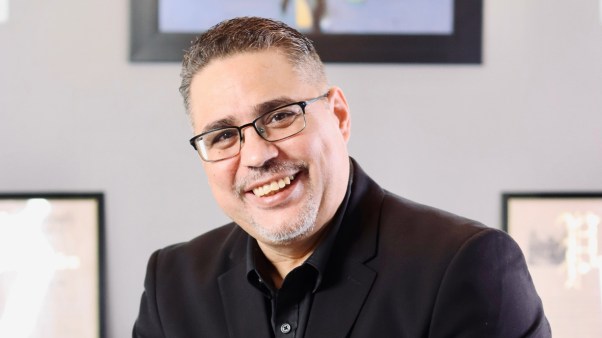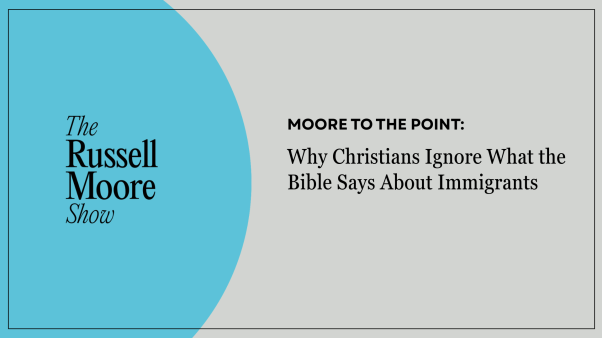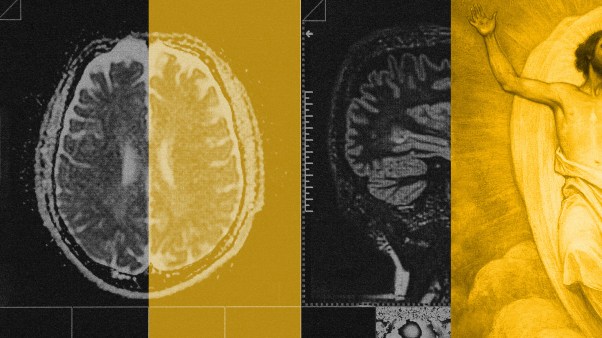This summer, my husband and I celebrated two decades of marriage. We’ve been together now almost as long as we’ve been apart—a feat made possible by the fact that we married right out of college.
In the not too distant past, couples who married young laid a foundation for a life together. Cultural, religious, and personal values meant that these “cornerstone” marriages would eventually pass through silver, ruby, and golden anniversaries as a matter of course. Whether the marriage was happy, faithful, or even safe was often beside the point. By now, however, our cultural views on divorce have changed, as well as our understanding of marriage. Whereas in the past, social and cultural bonds held a marriage in place (sometimes trapping the vulnerable in abusive and dangerous unions), today the weight falls on the individuals. Couples must now want to be together in order to stay together. We’re not asking whether we are happy in our marriages but whether we could be happier outside of them. To make matters even more difficult, the changing nature of marriage means we expect more from our spouses. Famed relationship therapist Esther Perel notes that we ask the same person to give us belonging and identity, continuity and transcendence, comfort and edge, and predictability and surprise.
“We are asking from one person,” says Perel, “what once an entire village used to provide.” And when our expectations are this high, we’ll inevitably be disappointed. Perel calls this conundrum a “crisis of desire,” because in modern marriage, desire plays an outsized role in not only our couplings but in their permanence. So what are we to do? How do we pursue faithfulness in a culture that elevates desire above everything? The question is not whether we will be attracted to someone other than our spouse but rather what we will do when that happens. How will we respond—not when we are unhappy—but when we think we could potentially be happier? Do we cultivate and entertain such attractions, allowing them to simmer on a “back burner”?
“To walk in a holy, healthy sexual ethic,” writes Dorothy Greco in Marriage in the Middle: Embracing Midlife Surprises, Challenges, and Joys, “we must refute misguided teaching and recognize when culture is leading us astray.”
But rather than grit our teeth and hang on until the end, Greco suggests that the path to long-term fidelity runs through a better understanding of desire and attraction. “We will also need to acknowledge the power of our God-given sexuality,” she continues, “become aware of our areas of temptation, and find the balance between self-control and sexual expression.” Unfortunately, many of us are caught off-guard by temptation, in part because we don’t understand our own attractions and desires. Rather than learning to examine those feelings, we often opt for repression and avoidance, only to be surprised when we are swept off our feet by an unexpected connection or attraction to another person. “Repression and avoidance have a Christian name but a pagan lifestyle,” writes Rachel Gilson. They rely on the will to suppress desire rather than on Christ to transform it. One of the greatest indictments of these approaches, in Gilson’s opinion, is that “one does not need Jesus Christ to practice them.” And “a system that doesn’t need Jesus is not meaningfully Christian.” In this respect, it’s essential that we learn to face desire head on, not to undermine faithfulness, but rather to pursue it. For guidance, we can look to Christians who are already walking this road of self-awareness, especially those whose experience of attraction hasn’t been seamless and simple. People of sexual minorities, for example, are often profoundly aware of their attractions precisely because they don’t align with those of their peers. And this awareness grants them perspective and knowledge that the rest of us need. The evangelical community has expended a lot of conversational energy debating and even policing how faithful members of sexual minorities define their experience of attraction. Can they call themselves gay, or does that elevate sexual identity above identity in Christ? (Both the Southern Baptist Convention national gathering and the General Assembly of the Presbyterian Church in America took up some form of this question this summer.) Although these debates matter, perhaps our time would be better spent learning from brothers and sisters who are sacrificially committed to traditional Christian teaching on marriage. Their experiences of attraction (or lack thereof) won’t culminate in marriage or sexual coupling, which means they’re the very ones suited to teach the rest of us how to live faithfully with our own.
Their lives testify to the fact that being attracted to someone doesn’t mean we have to be with that person, any more than experiencing attraction to someone other than your spouse means the end of your marriage.
Learning to examine our desires and attractions—and how to distinguish between the two—has the potential not only to bridge the gap between LGBT and straight believers but to equip couples for lifelong fidelity. That clarity and nuance will go a long way when you find yourself attracted to someone other than your spouse.
But pursuing lifelong marriage requires even more than a study of desire. We must understand that while yearning to be known and loved is God-given, wanting to have a single person satisfy those needs is not. Perhaps it’s time we recovered the village. When the New Testament authors speak about people’s sexual lives, they do so in context of the community of believers. Unlike our modern notion of marriages and nuclear families as discrete building blocks of society, the Epistles reflect a vision of a larger community in which our marriages and families exist. And this community is made up of many different members, all joined together as the body of Christ. In this sense, healthy community supports lifelong marriage, not by peer pressure or expectation, but by expanding the kinds of relationships each spouse can access. Here in the family of God, we can learn to relate to each other as fathers, mothers, sisters, and brothers. Out of these relationships, we learn to be better husbands and wives while also mitigating how much we expect of each other. But here, too, we have to be careful. A group of people cannot become our ultimate source of life, love, and transcendence any more than one other person can. Living faithfully in both community and marriage means learning what many of our unmarried brothers and sisters already know.
In the words of writer Vivian Warren: “The love of Jesus will never fail as human loves often do, and it will take me into the other world when the time comes.” Out of this love, we can return to our unions as whole people, committing ourselves again to the calling of marriage. We do not trust our desires or even the years we’ve already invested. Instead, we take up our vows daily and trust that he who promises to keep us faithfully to the end will also keep us faithful to each other.
Hannah Anderson is the author of Made for More, All That’s Good, and Humble Roots: How Humility Grounds and Nourishes Your Soul.










